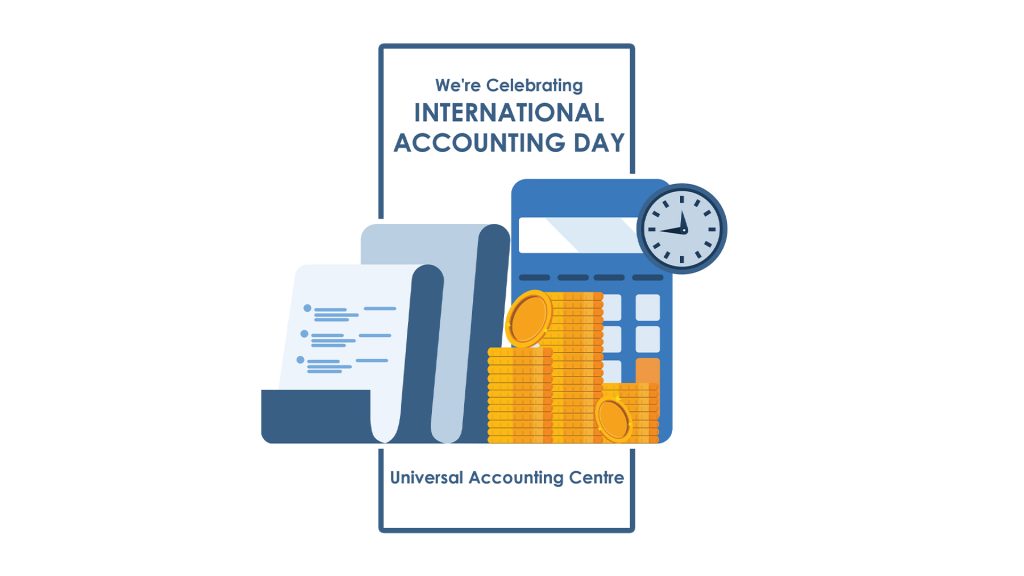
Most Innovative Law Firm of 2016 – Italy
As a lawyer and professional representative before the Italian, community and European authorities, Domenico de Simone has devoted himself exclusively to intellectual property since 1972. We got in touch with him to find out how both himself and his company continue to innovate and develop their services.
As a professional and senior partner, I have dealt with intellectual property matters for business ranging from small-start-ups to major multinationals. As a result of this expertise, I have been personally involved and active in the evolution and management of intellectual property in Italy and beyond. In 2002, I set up my new tech-law operation, which consisted of de Simone & Partners S.p.A and of de Simone Law Firm. Together with my well-established partners and team, I have served a diverse range of clients across the globe, including such areas as mechanical engineering, petrol, electronics, pharmaceuticals, finance, biotechnology and chemicals, to name a few.
We firmly believe that the reason for our success is that we have always been willing to adapt to any emerging developments or trends in our industry. As a result of the ever-increasing speed of information, coupled with the increasing weight and complication of the ECJ decisions, we constantly need to keep up with the pace of our highly competitive industry. As a company that caters for businesses of all sizes, we also understand that every client is different and develop a service that is highly specialised and can be tailored to their specific needs. Nowadays, the difference between staff and pros have certainly been reduced. As a result, we no longer hire young lawyers and paralegals, because the standard has often become too much for them.
Across all industries, the increasing speed of communication and competition are impacting almost every aspect of a business, including intellectual asset management. In going through these structural changes, we have developed the idea that contemporary intellectual property attorneys have to adapt to these changes as well as adhering to the field’s basic principles.
Advances in technology have simplified the preparation and filing of patent, trademark, design and any other kind of application by harmonising legal norms and automating forms, thus reducing the distinctiveness and the value of that type of service. Today’s intellectual property attorney will see these changes as a selective opportunity to devote greater effort into adding forward and downstream value by contributing to the whole cycle, including alternative strategies and procedures, developing business plans, conducting proactive searches into exclusive availability, brand and technology awareness, commercial and territorial deployment strategies, distribution, licensing, franchising contracts, and active and passive defence. Throughout my forty years of professional practice, we have followed the concept that the acquisition of an exclusivity is not limited to the rights over the final product, but also involves issues such as the fallout over the complete entrepreneurial area surrounding that product, the original idea, the research, funding, production, marketing, communication, the memory of the organisation, the credit rating advantage, the equity benefit, and the quality of the knowledge acquired by R&D.
And the real competitive edge is measured by the integration of all these before-the-market elements. We therefore suggest that intellectual property attorneys should be more closely and better involved, and acquire the ability to educate and to follow the pulse of the client’s initiatives.
Generally speaking, if we become involved early on in taking decisions, we can really play a proactive role. As contemporary IP attorneys, we shall be in a position to provide forward advice on the feasibility and economic contribution of business projects. We may also help to balance the internal position of the creative R&D and marketing functions. From our experience, several factors have contributed to inflating intellectual property costs. Globalisation is an obvious example where international business development is spreading more broadly and rapidly, and there is a potential intellectual property cost escalation due to the greater protection needed in more countries for filing, licensing and monitoring.
Therefore, more registration is needed in new transit territories, and more resources are required for local controls. This has to be offset by ensuring greater returns. Alongside this, the consumer is becoming more sophisticated, more aware, and more demanding. This is accelerating competition and creating a dramatic sophistication of product segmentation, with differentiation sometimes becoming very narrow, creating the risk of investing in scarcely enforceable ideas/initiatives/ edges.
As such, many more companies are turning their legal departments (where intellectual property is housed) from cost centres to profit centres. These companies consider that today’s ideas are not only materialised into products, but are also being licensed, sold, or bartered in their raw state for great value. These companies are getting value through intellectual property management. In order to accomplish this, clients are increasingly looking for this type of outside expertise, to provide internal training to transform the maintenance of intellectual property from a routine task into a proactive asset management mission, and to generate savings. In this sense, we believe that real savings come from competence, not from discounts.
Name: Domenico de Simone
Law firm: De Simone
& Partners S.p.A
Email: [email protected];
[email protected]
Web: www.desimonepartners.com
Telephone: +39 06 853361
Address: Via Vincenzo Bellini,
20, 00198 Rome – Italy




















